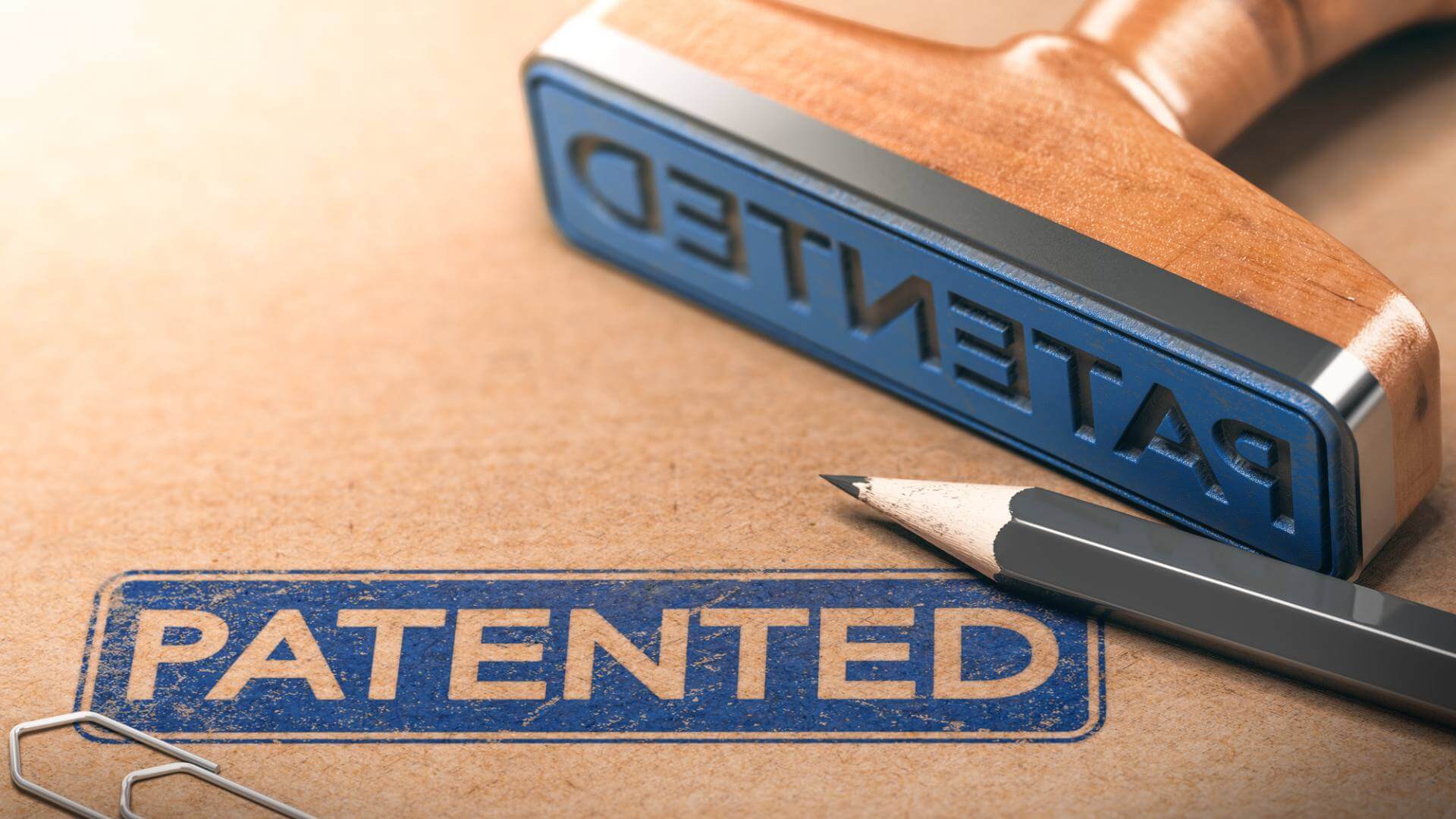Patent eligibility reform has been a topic of debate and discussion for many years. Some feel the current standards for determining patent eligibility are outdated and can be overly broad. As a result, many patents are granted for inventions that are not truly innovative or deserving of legal protection. This situation can lead to a proliferation of low-quality patents, which can be used to stifle competition and innovation. In addition, different patent examiners and courts may interpret the eligibility criteria differently, leading to confusion and uncertainty for inventors, investors, and other stakeholders. This inconsistency makes it difficult for innovators to determine whether their inventions are eligible for patent protection, which can deter investment and innovation.
Some experts argue that the current system is overly litigious, with too many patent infringement lawsuits being filed. This can lead to high legal costs and prevent innovation, as companies may choose to avoid investing in new technologies or products out of fear of being sued for patent infringement. Here are a series of opinion pieces we found of interest relating to the need for patent eligibility reform.
Presenting the Evidence for Patent Eligibility Reform: Part IV – Uncertainty Is Burdening Litigants and Courts, Threatening U.S. Competitiveness and National Security
In an opinion piece for IP Watchdog, “Presenting the Evidence for Patent Eligibility Reform: Part IV – Uncertainty is Burdening Litigants and Courts, Threatening U.S. Competitiveness and National Security,” Judge Paul Michel (Ret.); David Kappos, co-chair of Cravath‘s Intellectual Property Practice; Corey Salsberg, vice president and global head of IP affairs for Novartis; and Matthew Dowd, founder and managing partner at Dowd Scheffel PLLC, discuss the challenges faced by litigants and courts due to the uncertainty surrounding patent eligibility laws in the U.S. that has led to increased litigation costs and become a burden on the court system.
The authors argue that patent-eligibility reform is also needed to stay competitive with China and to address its rise in technological expertise in key areas, such as artificial intelligence, quantum computing, autonomous vehicles, biotechnology and related areas. Without reasonable and reliable guidance on patent eligibility, the U.S. will be unable to keep pace with China’s progress in these key tech areas. They suggest reform of Section 101 is urgently needed to ensure U.S. competitiveness and to enhance national security moving forward. Read the full article on IP Watchdog.
Presenting the Evidence for Patent Eligibility Reform: Part III – Case Studies and Litigation Data Highlight Additional Evidence of Harm
In an opinion piece for IP Watchdog, “Presenting the Evidence for Patent Eligibility Reform: Part III – Case Studies and Litigation Data Highlight Additional Evidence of Harm,” Judge Paul Michel (Ret.); David Kappos, co-chair of Cravath‘s Intellectual Property Practice; Corey Salsberg, vice president and global head of IP affairs for Novartis; and Matthew Dowd, founder and managing partner at Dowd Scheffel PLLC, focus on case studies and litigation data that highlight the need for additional evidence of harm caused by current patent eligibility standards. The authors argue that current patent eligibility standards have led to inconsistent and unpredictable outcomes in patent litigation, resulting in a chilling effect on innovation and investment in certain industries, particularly in fields such as autoimmune disease, Alzheimer’s disease, major depressive disorders, brain cancer, and genetic disease.
The authors examine recent litigation data to further illustrate the negative impact of current patent eligibility standards. They advocate for legislative reform to provide more clarity and consistency in patent eligibility standards, which will promote innovation and investment in industries. Read the full article on IP Watchdog.
Presenting the Evidence for Patent Eligibility Reform: Part II – Harm to R&D Investment, Innovation and U.S. Interests
In an opinion piece for IP Watchdog, “Presenting the Evidence for Patent Eligibility Reform: Part II – Harm to R&D Investment, Innovation and U.S. Interests,” Judge Paul Michel (Ret.); David Kappos, co-chair of Cravath‘s Intellectual Property Practice; Corey Salsberg, vice president and global head of IP affairs for Novartis; and Matthew Dowd, founder and managing partner at Dowd Scheffel PLLC, argue that numerous studies have shown that the Supreme Court’s changes to subject matter eligibility law through Myriad, Mayo, and Alice have decreased confidence in the U.S. patent system, decreased private investment in key areas of technology that rely on patents, decreased commercialization of innovations in these areas and created threats to America’s economic, social and national security interests. In the article, they share key studies to demonstrate their claim that Section 101 is causing the U.S. to lose ground against China and to decrease R&D investment incentives in key industries of major importance to America’s strategic and public interests. Read the full article on IP Watchdog.
Presenting the Evidence for Patent Eligibility Reform: Part I – Consensus from Patent Law Experts
In an opinion piece for IP Watchdog, “Presenting the Evidence for Patent Eligibility Reform: Part I – Consensus from Patent Law Experts,” Judge Paul Michel (Ret.); David Kappos, co-chair of Cravath‘s Intellectual Property Practice; Corey Salsberg, vice president and global head of IP affairs for Novartis; and Matthew Dowd, founder and managing partner at Dowd Scheffel PLLC, argue that a robust body of evidence demonstrates that current Section 101 jurisprudence has created deep legal uncertainty that is inflicting lasting harm on technological sectors that are critical to the U.S. economy, U.S. competitiveness, and the public interest. The authors add that the legal uncertainty existing under the current Section 101 framework, as well as the resulting inconsistency of case decisions, has been well-documented by the nation’s judges, lawmakers and users of the patent system over many years. Read the full article on IP Watchdog.
Disclosure: Fatty Fish is a research and advisory firm that engages or has engaged in research, analysis, and advisory services with many technology companies, including those mentioned in this article. The author does not hold any equity positions with any company mentioned in this article.
The Fatty Fish Editorial Team includes a diverse group of industry analysts, researchers, and advisors who spend most of their days diving into the most important topics impacting the future of the technology sector. Our team focuses on the potential impact of tech-related IP policy, legislation, regulation, and litigation, along with critical global and geostrategic trends — and delivers content that makes it easier for journalists, lobbyists, and policy makers to understand these issues.
- The Fatty Fish Editorial Teamhttps://fattyfish.org/author/fattyfish_editorial/January 19, 2024
- The Fatty Fish Editorial Teamhttps://fattyfish.org/author/fattyfish_editorial/January 3, 2024
- The Fatty Fish Editorial Teamhttps://fattyfish.org/author/fattyfish_editorial/January 3, 2024
- The Fatty Fish Editorial Teamhttps://fattyfish.org/author/fattyfish_editorial/December 31, 2023








